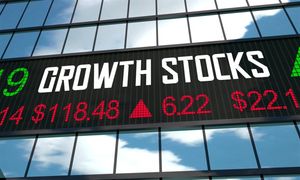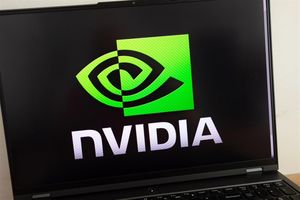
Auto insurance provider Mercury General (NYSE: MCY) reported Q2 CY2025 results topping the market’s revenue expectations, with sales up 12.7% year on year to $1.48 billion. Its GAAP profit of $3.01 per share was significantly above analysts’ consensus estimates.
Is now the time to buy Mercury General? Find out by accessing our full research report, it’s free.
Mercury General (MCY) Q2 CY2025 Highlights:
- Net Premiums Earned: $1.37 billion vs analyst estimates of $1.35 billion (10.6% year-on-year growth, 1.6% beat)
- Revenue: $1.48 billion vs analyst estimates of $1.45 billion (12.7% year-on-year growth, 2% beat)
- Combined Ratio: 92.5% vs analyst estimates of 98.3% (5.8 percentage point beat)
- EPS (GAAP): $3.01 vs analyst estimates of $1.30 (significant beat)
- Market Capitalization: $3.87 billion
Company Overview
Founded in 1961 and maintaining a network of over 6,300 independent agents across the country, Mercury General (NYSE: MCY) is an insurance company that primarily sells automobile insurance policies through independent agents in 11 states, with a strong focus on California.
Revenue Growth
In general, insurance companies earn revenue from three primary sources. The first is the core insurance business itself, often called underwriting and represented in the income statement as premiums earned. The second source is investment income from investing the “float” (premiums collected upfront not yet paid out as claims) in assets such as fixed-income assets and equities. The third is fees from various sources such as policy administration, annuities, or other value-added services.
Luckily, Mercury General’s revenue grew at an impressive 10.9% compounded annual growth rate over the last five years. Its growth beat the average insurance company and shows its offerings resonate with customers.
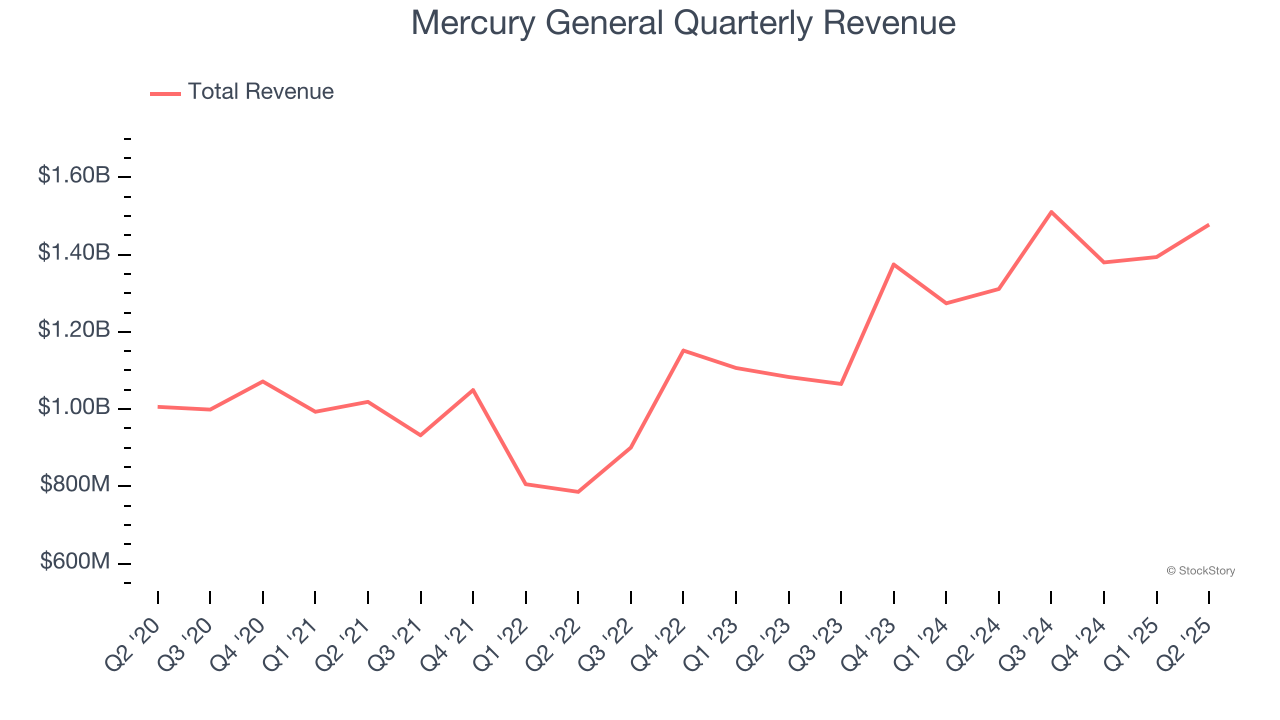
Long-term growth is the most important, but within financials, a half-decade historical view may miss recent interest rate changes and market returns. Mercury General’s annualized revenue growth of 16.6% over the last two years is above its five-year trend, suggesting its demand was strong and recently accelerated.  Note: Quarters not shown were determined to be outliers, impacted by outsized investment gains/losses that are not indicative of the recurring fundamentals of the business.
Note: Quarters not shown were determined to be outliers, impacted by outsized investment gains/losses that are not indicative of the recurring fundamentals of the business.
This quarter, Mercury General reported year-on-year revenue growth of 12.7%, and its $1.48 billion of revenue exceeded Wall Street’s estimates by 2%.
Net premiums earned made up 94.8% of the company’s total revenue during the last five years, meaning Mercury General lives and dies by its underwriting activities because non-insurance operations barely move the needle.
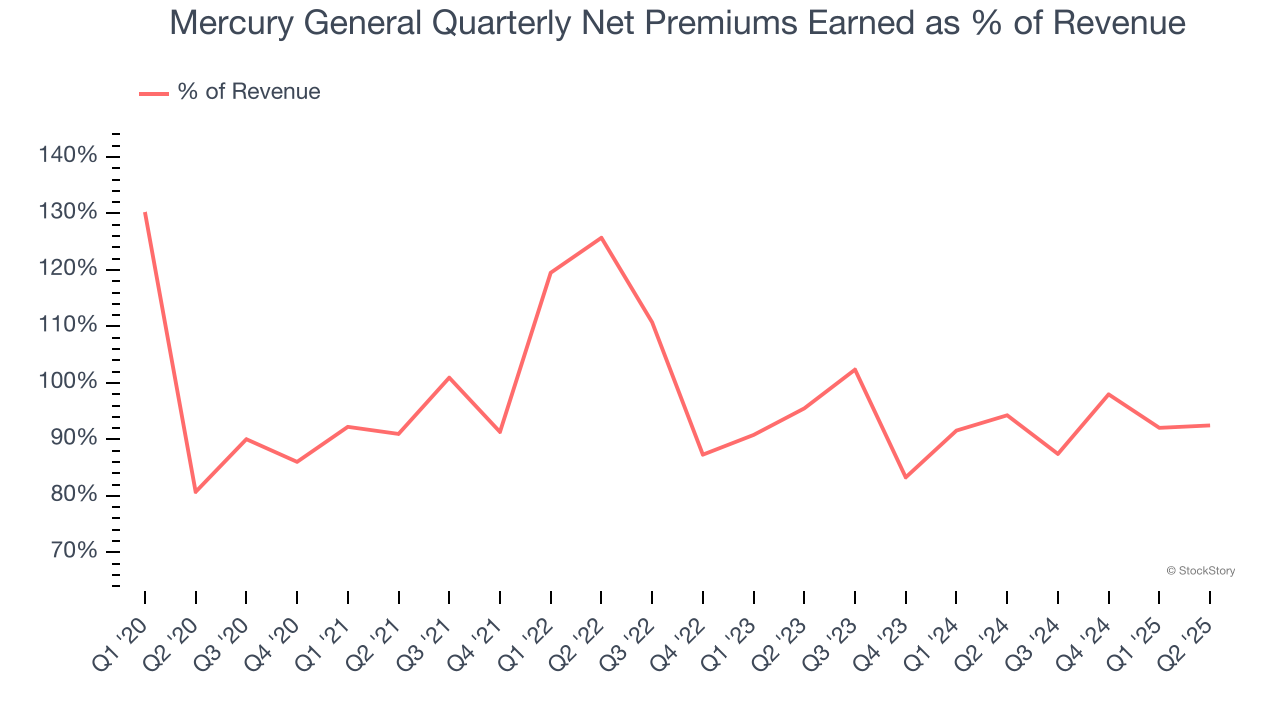
Our experience and research show the market cares primarily about an insurer’s net premiums earned growth as investment and fee income are considered more susceptible to market volatility and economic cycles.
Today’s young investors won’t have read the timeless lessons in Gorilla Game: Picking Winners In High Technology because it was written more than 20 years ago when Microsoft and Apple were first establishing their supremacy. But if we apply the same principles, then enterprise software stocks leveraging their own generative AI capabilities may well be the Gorillas of the future. So, in that spirit, we are excited to present our Special Free Report on a profitable, fast-growing enterprise software stock that is already riding the automation wave and looking to catch the generative AI next.
Book Value Per Share (BVPS)
Insurers are balance sheet businesses, collecting premiums upfront and paying out claims over time. Premiums collected but not yet paid out, often referred to as the float, are invested and create an asset base supported by a liability structure. Book value per share (BVPS) captures this dynamic by measuring these assets (investment portfolio, cash, reinsurance recoverables) less liabilities (claim reserves, debt, future policy benefits). BVPS is essentially the residual value for shareholders.
We therefore consider BVPS very important to track for insurers and a metric that sheds light on business quality because it reflects long-term capital growth and is harder to manipulate than more commonly-used metrics like EPS.
Mercury General’s BVPS grew at a sluggish 1.6% annual clip over the last five years. However, BVPS growth has accelerated recently, growing by 18.6% annually over the last two years from $25.29 to $35.56 per share.
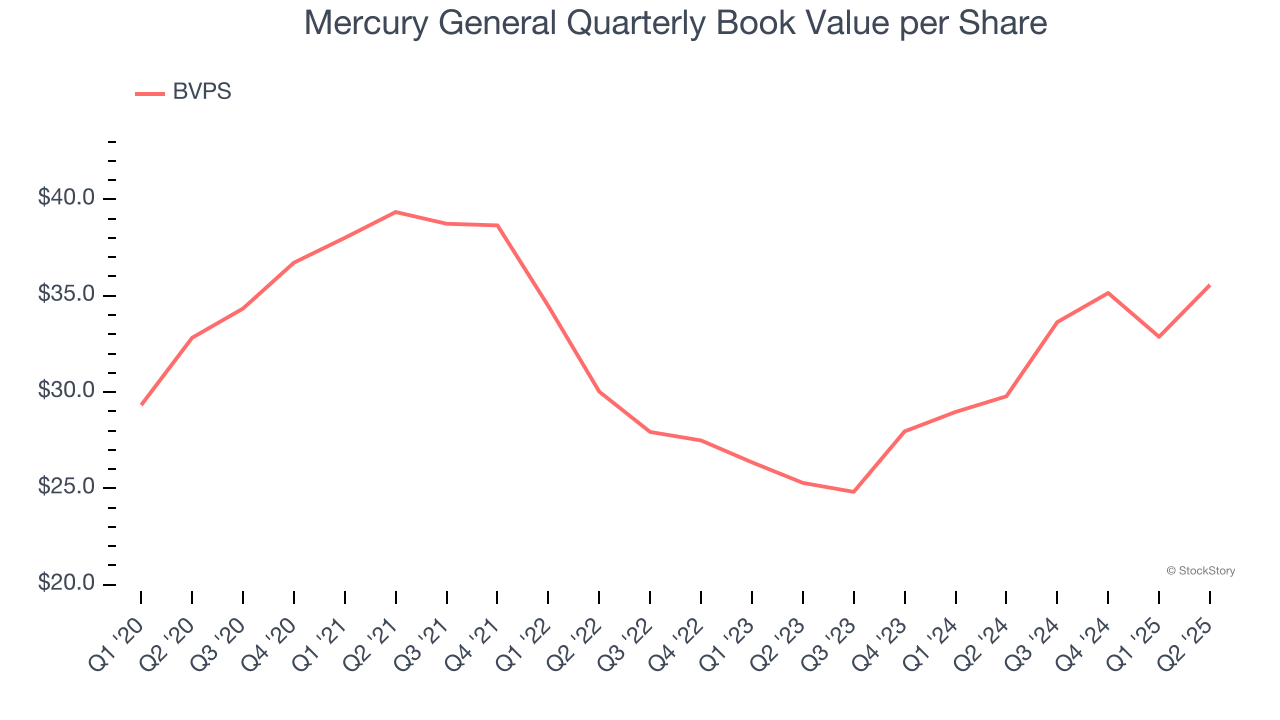
Key Takeaways from Mercury General’s Q2 Results
We were impressed by how significantly Mercury General blew past analysts’ EPS expectations this quarter. We were also glad its net premiums earned outperformed Wall Street’s estimates. Zooming out, we think this was a solid print. The stock traded up 1.2% to $71.10 immediately after reporting.
Sure, Mercury General had a solid quarter, but if we look at the bigger picture, is this stock a buy? The latest quarter does matter, but not nearly as much as longer-term fundamentals and valuation, when deciding if the stock is a buy. We cover that in our actionable full research report which you can read here, it’s free.
